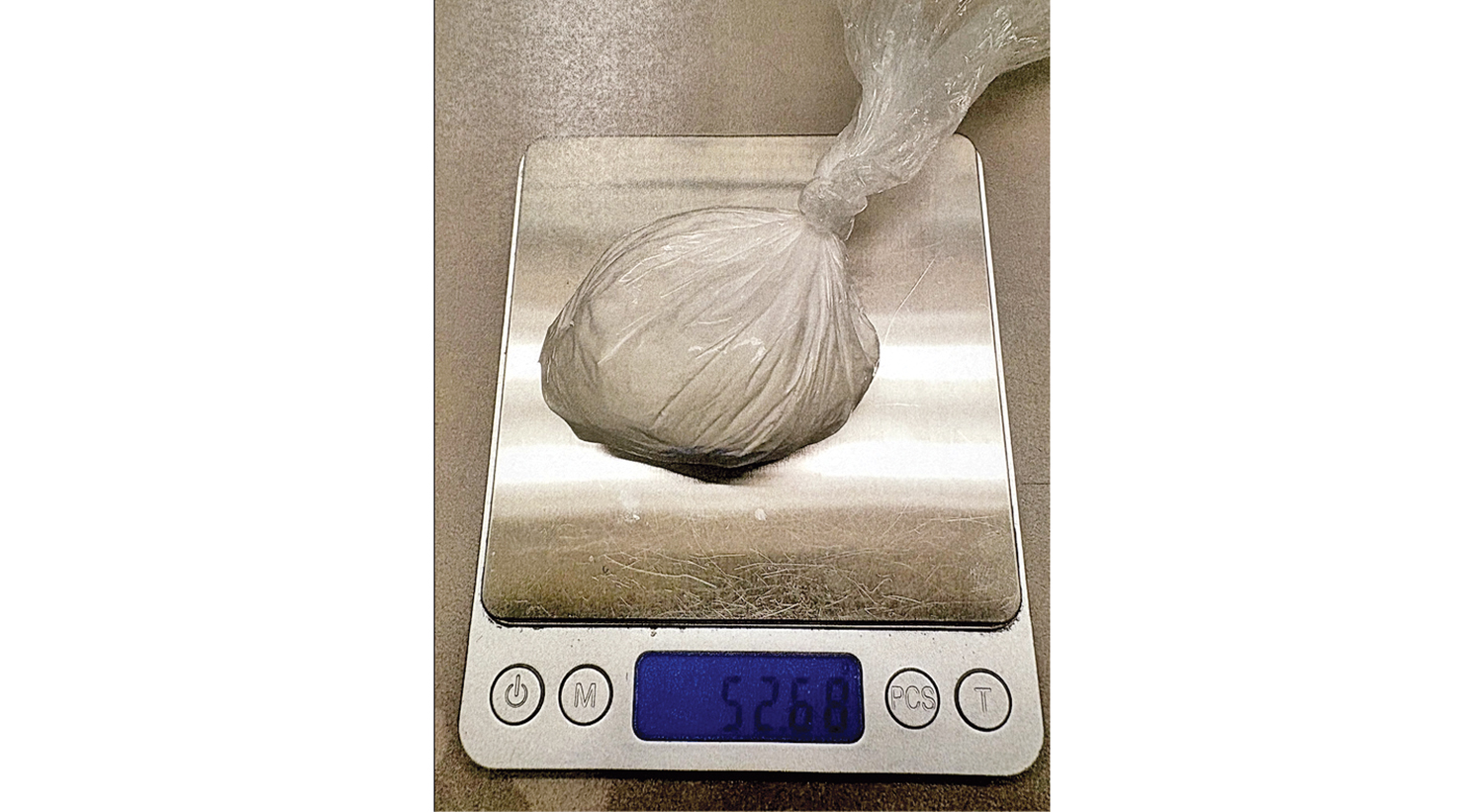MJ Wixsom: What to do with your pet’s microchip now that Save-A-Life has closed
Published 12:00 am Saturday, February 15, 2025
Microchipping your pet is one of the most effective ways to ensure they can be returned to you if lost.
However, with Save-A-Life microchips going out of business and their website shutting down, pet owners need to take steps to ensure their pet’s microchip information remains accessible.
Save-A-Life microchips and their use in rescues
Save-A-Life microchips were often used by rescues and shelters because they provided an affordable way to ensure that adopted pets had permanent identification.
Many pet owners who adopted from rescues may not even realize their pet has a Save-A-Life microchip.
If you adopted a pet from a rescue, it’s important to check your records and have your pet’s chip scanned by a veterinarian or shelter to confirm the microchip details and ensure it is properly registered in an accessible database.
Guardian Animal Medical Center’s commitment to pet safety
While GAMC has never used Save-A-Life microchips, we are committed to helping our clients keep their pets protected.
We will scan any pet’s microchip. If you are or become a client, we will add the information to our database for our clients.
If your pet was microchipped through another provider, we highly recommend uploading their microchip number to the AAHA website at AAHA Microchip Lookup.
This ensures that your pet’s microchip number can be found by any veterinarian or shelter, improving the chances of a safe return if they become lost.
The Importance of Microchipping
Microchips are a permanent form of identification that significantly increase the likelihood of a lost pet being reunited with their owner.
Unlike collars and tags, microchips cannot be lost or removed, making them a reliable backup for pet identification.
However, simply implanting a microchip is not enough; keeping your contact information updated in a searchable database is crucial.
Studies have shown that microchipped pets are much more likely to be reunited with their owners than those without microchips.
According to research, dogs with microchips are returned to their owners 2.5 times more often than unchipped dogs and microchipped cats are 20 times more likely to be returned home than those without a chip.
This demonstrates how vital it is to ensure your pet’s microchip is properly registered and up to date.
How to check and update your pet’s microchip
If your pet has a microchip, follow these steps to ensure it is registered correctly:
1. Have your pet’s microchip scanned – If you’re unsure whether your pet has a microchip or which company it’s registered with, visit your veterinarian or a local animal shelter to have it scanned.
We will do this for any pet at no cost.
2. Look up the microchip number – Once you have the number, use the AAHA Microchip Lookup Tool to see if it’s registered and with which company.
3. Update Your Contact Information – If your pet’s microchip is registered with an outdated phone number or address, update it immediately through the appropriate microchip company.
4. Register the microchip in multiple databases – Even if your pet’s chip is already registered, adding it to additional registries, such as AAHA, increases the chances of a successful reunion.
Helpful Tip: Store your pet’s microchip number in your phone — one easy and practical step to safeguard your pet’s microchip information is to create a contact for your pet in your cell phone.
While you cannot call the microchip, having the number readily available ensures quick access if your pet is lost.
Since most people always have their phones with them, this simple step can save valuable time in an emergency.
Another tip is to take a photo of your pet’s microchip paperwork and save it in your phone’s photo gallery or a cloud storage app.
That way, even if you misplace physical records, you’ll still have access to the information when you need it most.
Final Steps
• If your pet has a Save-A-Life microchip, ensure their number is registered on the AAHA website. We will scan it for you if you cannot get in at your vet.
• Clients of GAMC can have their pet’s microchip scanned and added to our database.
• Keep your contact information up to date with any microchip registry.
• Store your pet’s microchip number in your phone for easy reference.
• Consider adding your pet’s microchip number to multiple databases to increase the likelihood of a successful reunion.
• If you adopted your pet from a rescue, check if they used Save-A-Life chips and take steps to ensure your pet’s information is still accessible.
Taking these steps will help ensure your pet’s microchip remains a reliable way to reunite with them should they ever go missing.
A microchip is only as useful as the information attached to it, so keeping it current is just as important as having it in the first place.
If you have any questions or need assistance, feel free to contact us at GAMC.
MJ Wixsom, DVM MS is a best-selling Amazon author who practices at Guardian Animal Medical Center in Flatwoods, Ky. GuardianAnimal.com 606-928-6566






